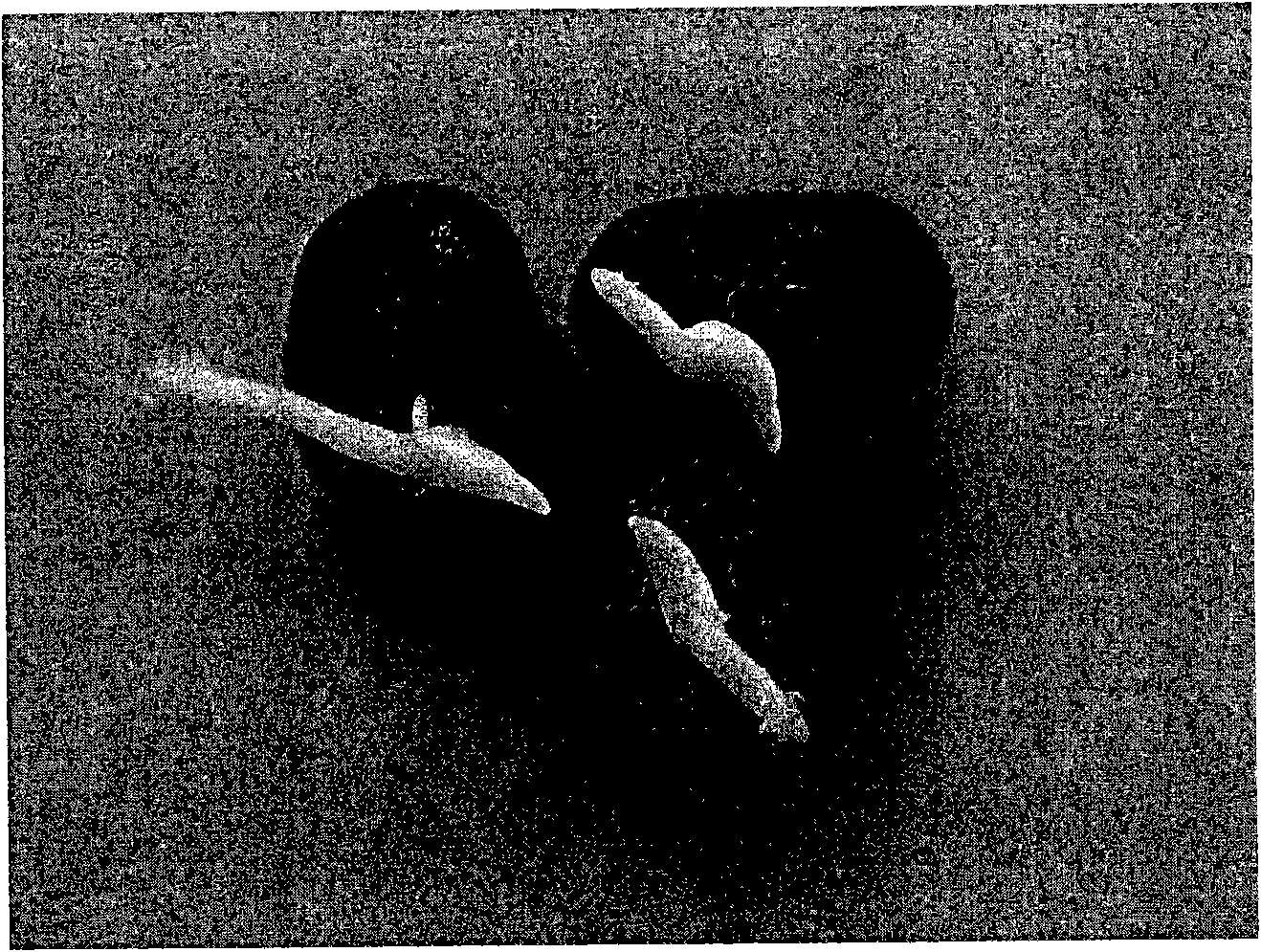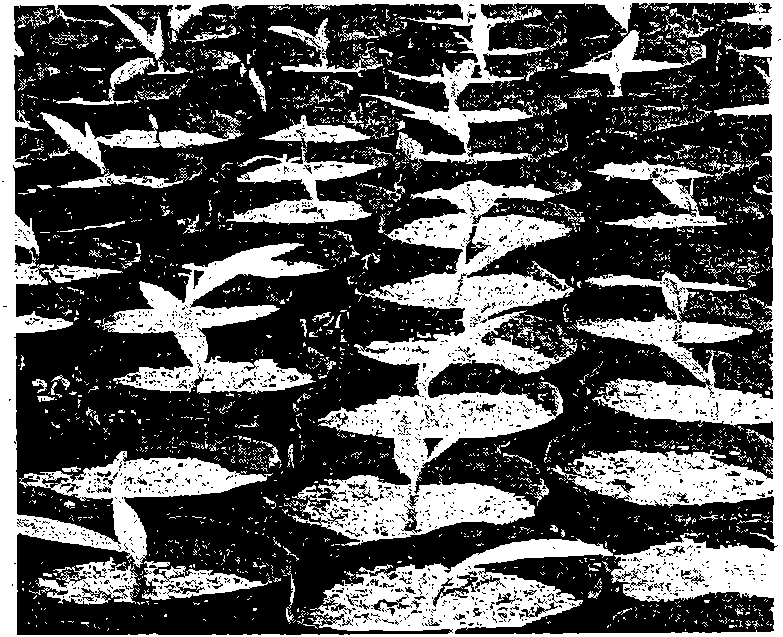Methods of producing haploid and doubled haploid oil palms
A technology of double haploid and haploid, applied in botany equipment and methods, biochemical equipment and methods, plant products, etc.
- Summary
- Abstract
- Description
- Claims
- Application Information
AI Technical Summary
Problems solved by technology
Method used
Image
Examples
Embodiment
[0092] The following examples are used to further illustrate and explain the present invention, but should not be construed as limiting the present invention in any way. It shows the application of the invention to oil palm, but it is equally applicable to dates.
[0093] All references are incorporated herein by reference.
[0094] (1a) Seed treatment
[0095] 1. Remove the mesocarp of oil palm seeds by mechanical means, and air-dry the seeds at room temperature for 24 hours, and then air-dry them in an air-conditioned room at 25°C for 24 hours, so that the moisture content of the seeds reaches 15-18%. The seeds are then stored, usually in plastic bags or trays in an air-conditioned room (25°C) for 1-3 months (although seeds can be stored this way for up to 1 year).
[0096] 2. Soak the seeds for 3 days to increase their water content to 18-20%, and then heat-treat them in plastic bags or plates at 38-40°C for 40-60 days.
[0097] 3. After heating, the seeds were soaked ...
PUM
 Login to View More
Login to View More Abstract
Description
Claims
Application Information
 Login to View More
Login to View More - R&D
- Intellectual Property
- Life Sciences
- Materials
- Tech Scout
- Unparalleled Data Quality
- Higher Quality Content
- 60% Fewer Hallucinations
Browse by: Latest US Patents, China's latest patents, Technical Efficacy Thesaurus, Application Domain, Technology Topic, Popular Technical Reports.
© 2025 PatSnap. All rights reserved.Legal|Privacy policy|Modern Slavery Act Transparency Statement|Sitemap|About US| Contact US: help@patsnap.com



